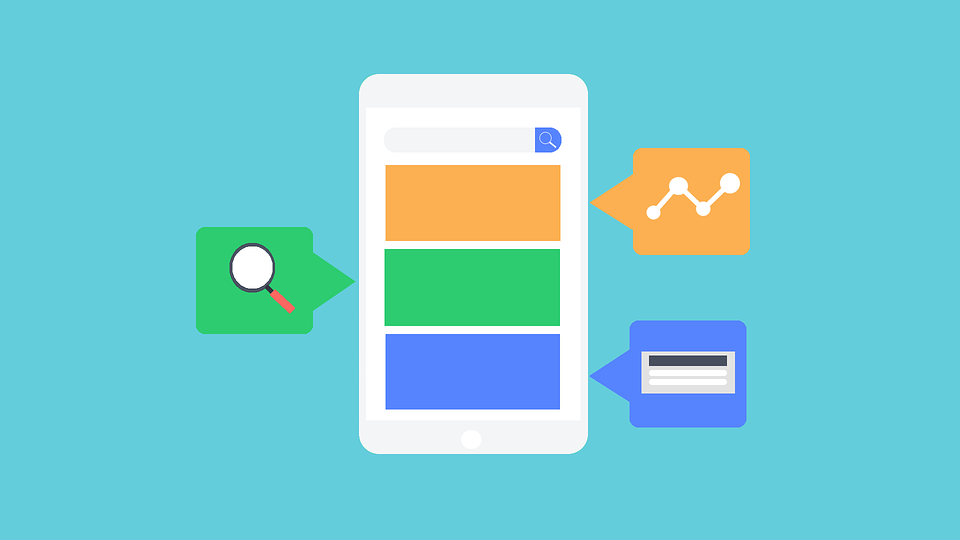From time-to-time the team at MagmaLabs finds itself working on a mobile app development projects that comes to use with lots of problems. We like to think that problems can be avoided with the right information. As such, we’d like to share five of the most common mobile app development mistakes we see (because fix problems caused by them) and strategies to avoid making these five mobile app development mistakes.
Mistake #1: Not establishing a mobile app development process
Avoid this mistake by establishing a process that will guide the mobile app’s development from ideation to post launch. Establishing a mobile app development process is easier for people who have developed an app before but it does not mean it is a step that should be skipped my people undertaking mobile app development for the first time. A high level mobile app development process includes:
- Market research
Starting to build an app without thoroughly understanding the market, who within the market the user is, and what the user persona(s) details are is a mistake we’ve see people make. Understanding the market and having detailed demographic facts on the user(s) will provide a great development foundation. - Detail what resources are available and what resources are needed
Using the market research and aligning it with the company’s goals one can begin to detail what resources the company has to develop the app and what resources are needed to develop the app. We’re using the term “resources” in a flexible way to reference both something intangible like design knowledge or something tangible like an iPhone. Make a list off all the resources available and lacking to understand what gaps needed to be filled in and areas development should accell at. - Timeline and milestones
Understanding what resources are and are not available establish a timeline with milestones. The timeline should include milestones around ideation, minimum-viable-product development, closed alpha testing, alpha testing analytics review, alpha product iteration, closed Beta testing, Beta testing analytics review, post closed Beta product iteration, open Beta, open Beta analytics review, open Beta product iteration, and launch to target audience. For each milestone establish success metrics and use the integration of analytics to measure success.
Mistake #2: Not taking the time to have the right person/ people develop the mobile app
Excitement to build can be an achilles heel. It’s important to consider the details of what needs to be built (not the details of everything you want to build) and what resources are available/ not available to build the mobile app. Questions to ask include oneself include…Does the company have the expertise internally to develop the mobile app? If so, can the company meet the established timeline and milestones? If the company does not have the needed expertise or needs additional support to meet the timeline and milestones then the company should consider contracting development support. When talking to software consultancies about the project be sure to ask for references of similar projects and ensure that the software consultancy has no problem assigning all the IP of the project to you upfront (steer clear of any contracting developer that will no assign you the IP).
Mistake #3: Not thinking thoroughly about the mobile user experience (UX)
Developing an app for mobile is not shrinking a Website to fit a phone or tablet. Developing a mobile app is the development of a product that a user will engage with in a completely different way than any desktop application. It is critical to think about how the user will discover, engage, and activate on the app. Walk through what each target user path may look like and develop it thoughtfully.
Mistake #4: Not getting app testers that are the target audience
Some of the worst feedback you can get is from family and friends. Their natural love and support will result in bias feedback. It is critical to get early qualitative and quantitative feedback data from target audiences. Early feedback from people who will be users of the app (and who have no relation to you) is important to long-term app success.

Mistake #5: Not thinking about mobile app marketing distribution
“Build it and they will come” does not apply to mobile apps. There are over 3 million published apps. To rise above the noise every app needs to have a thoughtful marketing/ distribution plan. How will target audiences be acquired and retained overtime? How much will marketing and customer acquisition cost? What will the return on investment be? There is no sense in developing an app if the same amount of thought does not go into how to launch the app, acquire users, activate users, and retain users.
Key takeaways to remember when developing a mobile app… Research, assess resources, hire the right developers, think about the user experience, get data-driven feedback, and plan for growth. When in doubt the team at MagmaLabs is always here to help.




